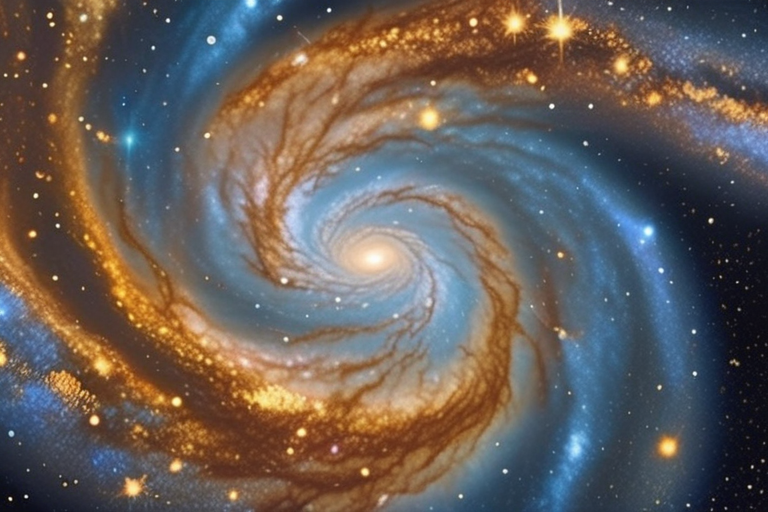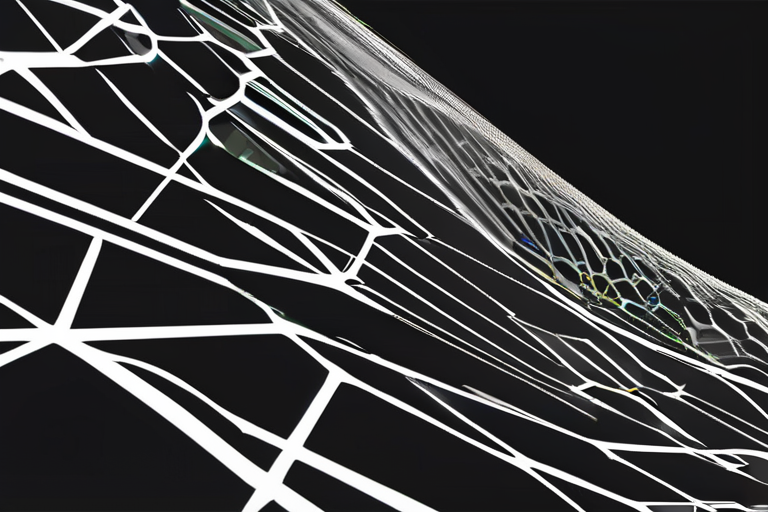Hubble Telescope Reveals Galaxy's Vibrant Blue and Golden Starry Tapestry


Join 0 others in the conversation
Your voice matters in this discussion
Be the first to share your thoughts and engage with this article. Your perspective matters!
Discover articles from our community

 Hoppi
Hoppi

 Hoppi
Hoppi

 Hoppi
Hoppi

 Hoppi
Hoppi

 Hoppi
Hoppi

 Hoppi
Hoppi

$3,800 Flights and Aborted Takeoffs: How Trump's H-1B Announcement Panicked Tech Workers In a sudden move that left hundreds of …

Hoppi

Scientists Unlock Secret to Thick, Stable Beer Foams A team of Swiss researchers has spent seven years studying the secret …

Hoppi

Chainlink's LINK Token Experiences Volatile Session Amid Grayscale ETF Filing and Nasdaq-Listed Firm's Treasury Purchase The price of Chainlink's native …

Hoppi

BREAKING NEWS: Russia Launches Devastating Attack on Kyiv's Main Government Building, Zelensky Condemns Brutal Assault Russia has launched a devastating …

Hoppi

Ninja Claims Trolls Target Him Over Declining Viewership Tyler "Ninja" Blevins, a renowned Fortnite streamer, revealed to the BBC that …

Hoppi

Pure-Play Bitcoin Miners Surge as Sector Momentum Builds The bitcoin mining sector is experiencing a significant resurgence, with pure-play miners …

Hoppi